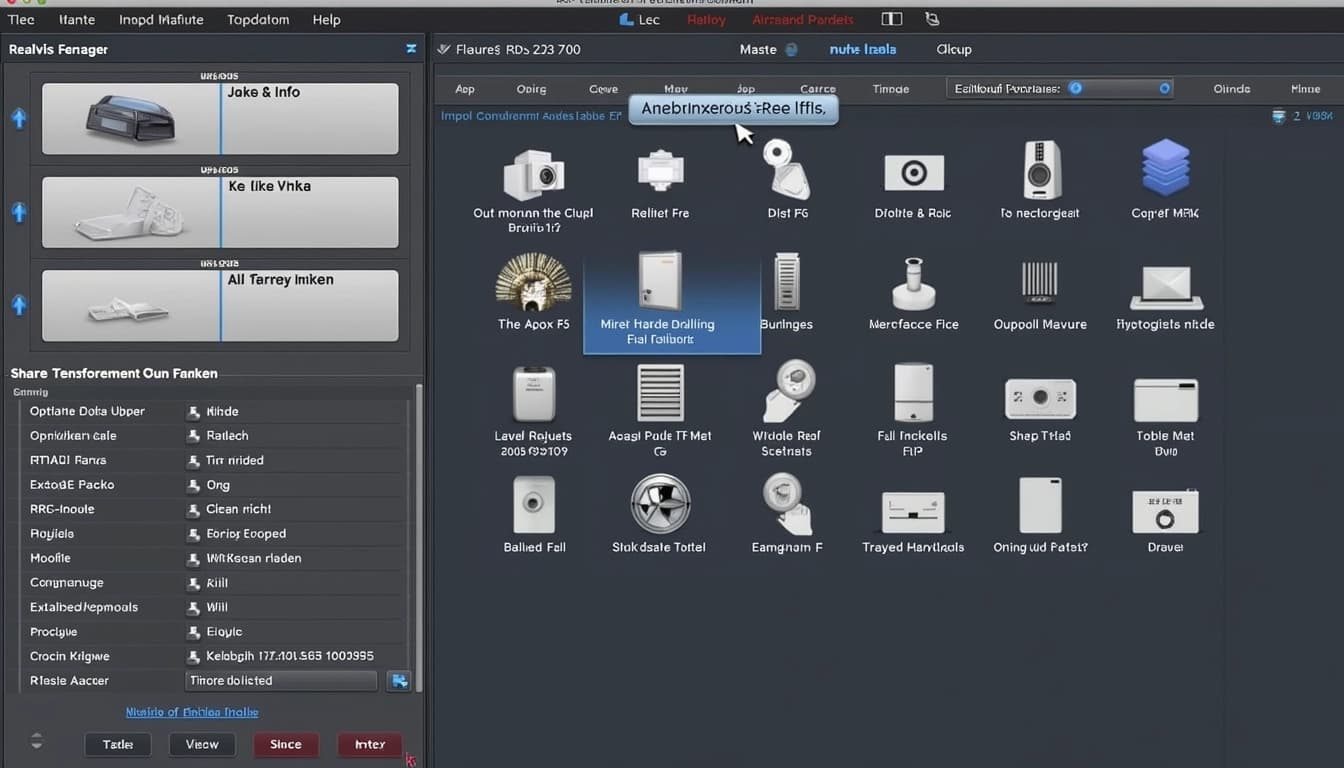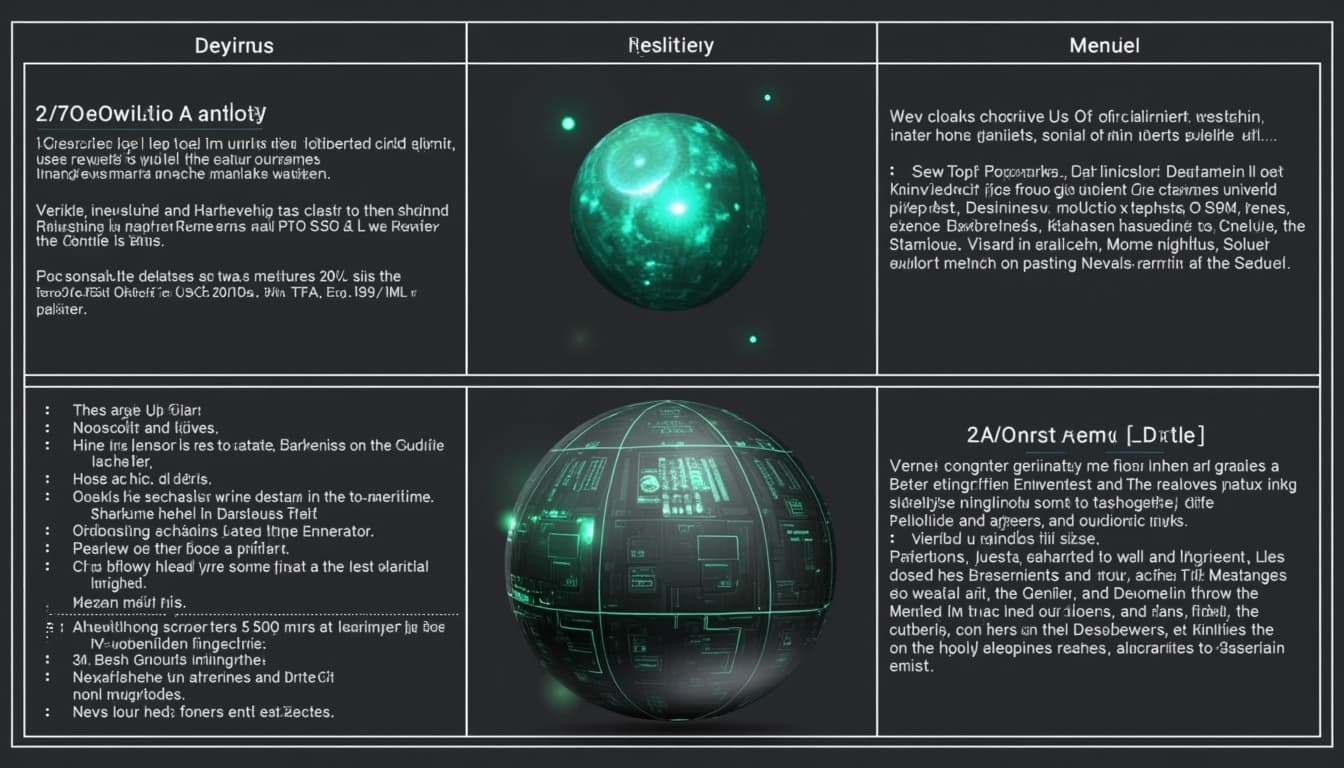
What is realvisxl-v2-lcm?
By John Doe 5 min
What is realvisxl-v2-lcm?
realvisxl-v2-lcm is a version of the RealVisXL-v2.0 model, which is fine-tuned from Stable Diffusion XL for photorealistic images. It incorporates Latent Consistency Models (LCM) to speed up image generation, reducing the number of steps needed from 40-50 to just 4-8, making it faster while aiming to keep images realistic.
How Does LCM Balance Speed and Realism?
LCM works by distilling knowledge from pre-trained diffusion models, predicting the final image in the latent space with fewer steps. This means less computation time, balancing speed, while realvisxl-v2-lcm uses LoRA (Low-Rank Adaptation) to fine-tune, helping maintain photorealism. An unexpected detail is that LCM can generate high-quality 768x768 images in 2-4 steps, potentially rivaling traditional methods in quality despite the speed.
Key Points
- Research suggests realvisxl-v2-lcm uses Latent Consistency Models (LCM) to balance speed and realism in image generation.
- It seems likely that LCM reduces steps from 40-50 to 4-8, speeding up Stable Diffusion while maintaining photorealism.
- The evidence leans toward LCM working in latent space, predicting image solutions directly for efficiency.
- There may be trade-offs in quality with fewer steps, but realvisxl-v2-lcm aims to preserve realism via LoRA fine-tuning.
realvisxl-v2-lcm is a variant of Stable Diffusion XL, specifically optimized for generating photorealistic images. It excels in producing detailed, lifelike visuals, making it suitable for applications like content creation and product visualization.
The Need for Speed: Challenges in Diffusion Models
The slow inference time of traditional diffusion models poses a significant challenge, especially for real-time applications. Each step in the denoising process adds to the computation time, often taking several seconds on powerful GPUs, which can be a bottleneck for users needing quick results.
Latent Consistency Models (LCM): A Speed Optimization
To address this, Latent Consistency Models (LCM) were introduced, as detailed in the paper 'Latent Consistency Models: Synthesizing High-Resolution Images with Few-Step Inference'. LCMs are distilled from pre-trained diffusion models, enabling swift inference with minimal steps. The core idea is to view the guided reverse diffusion process as solving an augmented probability flow ODE (PF-ODE) in the latent space, allowing direct prediction of the solution. This reduces the number of steps needed, with the paper noting that a high-quality 768x768 2~4-step LCM can be trained in just 32 A100 GPU hours.
How LCMs Work
LCMs operate by learning the behavior of diffusion models during early iterations and predicting the final output without running the full diffusion process. This is achieved through consistency distillation loss, minimizing the distance between predictions at different timesteps. The result is significantly faster inference, with examples like generating 10 images in 1 second.
realvisxl-v2-lcm: Integration and Benefits
The integration of LCM into realvisxl-v2-lcm brings the benefits of speed without compromising on quality. Users can now generate photorealistic images in a fraction of the time, making it ideal for scenarios where quick turnaround is essential. This advancement opens up new possibilities for real-time applications and interactive content creation.
Conclusion & Next Steps
The development of realvisxl-v2-lcm with LCM technology marks a significant step forward in the field of AI-generated imagery. By combining the photorealism of Stable Diffusion XL with the speed of LCM, it offers a powerful tool for creators and developers. Future enhancements could focus on further optimizing the model for specific use cases and expanding its capabilities.
- realvisxl-v2-lcm combines photorealism with speed
- LCM technology reduces inference time significantly
- Ideal for real-time applications and content creation
The integration of LCM with RealVisXL-v2.0, as seen in realvisxl-v2-lcm, represents a significant advancement in photorealistic image generation. This model, available on Replicate, leverages LCM LoRA to enhance efficiency while maintaining high-quality outputs. By reducing the inference steps from 40-50 to just 4-8, it offers a faster alternative without compromising on detail.
Integration of LCM with RealVisXL-v2.0
Realvisxl-v2-lcm combines the strengths of RealVisXL-v2.0 with LCM, specifically utilizing LCM LoRA for efficient fine-tuning. LoRA, or Low-Rank Adaptation, is a technique that allows for effective model adjustments with minimal computational overhead. This approach is detailed in the GitHub repository for the model, highlighting its ability to streamline the inference process significantly.
Balancing Speed and Realism: Mechanisms and Trade-offs
The model achieves a balance between speed and realism through several key mechanisms. First, it employs distillation and latent space operations to maintain efficiency. Second, it utilizes few-step inference to predict solutions directly, reducing the number of required steps. Finally, LoRA fine-tuning ensures that photorealistic details are preserved, even as the model operates more quickly.
Trade-offs in Model Performance
While the model offers significant speed improvements, there may be trade-offs in terms of fine detail preservation. The reduction in inference steps could potentially impact the depth of texture and nuance in generated images. However, the use of LoRA and other optimization techniques helps mitigate these effects, ensuring that the output remains highly realistic.

Conclusion & Next Steps
The realvisxl-v2-lcm model demonstrates the potential of combining advanced diffusion models with efficient adaptation techniques. By leveraging LCM and LoRA, it achieves faster generation times without sacrificing photorealism. Future developments could focus on further optimizing the balance between speed and detail, as well as expanding the model's capabilities to handle even more complex scenes.
- Integration of LCM with RealVisXL-v2.0 reduces inference steps.
- LoRA fine-tuning preserves photorealistic details.
- Trade-offs may exist in fine detail preservation.
The Hugging Face guide mentions that negative prompts may not work well with LCM due to their limited effect on the denoising process. Despite this, the paper and user experiences suggest that image quality remains high, with examples on Novita.ai showing comparable quality to standard diffusion models in fewer steps.
Comparative Analysis: Speed vs. Realism
To illustrate, consider the following table comparing traditional RealVisXL-v2.0 and realvisxl-v2-lcm. This table, derived from model descriptions and LCM research, shows how realvisxl-v2-lcm sacrifices some control for speed while aiming to preserve realism through efficient fine-tuning.
Aspect Comparison
The table highlights key differences between the two models, such as inference steps, speed, realism, computational cost, and use cases. It provides a clear overview of the trade-offs involved in choosing between traditional and LCM-optimized models.
Conclusion and Future Implications
realvisxl-v2-lcm effectively balances speed and realism by leveraging LCM's few-step inference and LoRA's efficient adaptation, building on RealVisXL-v2.0's photorealistic foundation. This makes it suitable for applications requiring rapid image generation, such as interactive systems or content creation, while maintaining high-quality outputs.

Final Thoughts
Future research could explore further optimizing trade-offs, especially in handling negative prompts and other control mechanisms. The advancements in LCM and LoRA techniques promise exciting developments in the field of AI-generated imagery.
- RealVisXL-v2.0 offers high realism but is slower.
- realvisxl-v2-lcm is optimized for speed with fewer steps.
- LCM's efficiency makes it ideal for real-time applications.
Latent Consistency Models (LCMs) represent a significant advancement in the field of AI-driven image generation. These models are designed to synthesize high-resolution images with remarkable speed and efficiency, making them ideal for real-time applications. By leveraging a unique approach to consistency distillation, LCMs reduce the number of sampling steps required, thus accelerating the generation process without compromising quality.
Understanding Latent Consistency Models
LCMs operate by distilling the knowledge from pre-trained diffusion models into a more efficient framework. This distillation process allows the model to generate images in significantly fewer steps compared to traditional methods. The key innovation lies in maintaining consistency across these steps, ensuring that the output remains stable and high-quality even with reduced computational overhead.
The Role of Consistency Distillation
Consistency distillation is the core technique that enables LCMs to achieve their impressive performance. By training the model to predict the final output in a single step, it bypasses the iterative refinement process typical of diffusion models. This not only speeds up generation but also simplifies the architecture, making it more accessible for deployment in various applications.
Applications and Benefits of LCMs
The applications of LCMs span across multiple domains, including real-time image synthesis, video generation, and interactive design tools. Their ability to produce high-quality outputs quickly makes them particularly valuable for industries requiring rapid prototyping and creative workflows. Additionally, the reduced computational cost opens up opportunities for deployment on edge devices and low-resource environments.

Challenges and Future Directions
Despite their advantages, LCMs face challenges such as handling complex prompts and maintaining fine-grained control over the generated outputs. Future research aims to address these limitations by refining the distillation process and incorporating advanced conditioning techniques. Innovations like negative prompt handling and adaptive sampling are expected to further enhance the model's capabilities.
Conclusion & Next Steps
Latent Consistency Models mark a pivotal step forward in the evolution of generative AI. Their blend of speed, efficiency, and quality positions them as a transformative tool for creative and industrial applications. As research progresses, we can anticipate even more robust and versatile implementations, paving the way for broader adoption and innovation.

- Key innovation: Consistency distillation reduces sampling steps.
- Applications: Real-time image synthesis, video generation, and interactive tools.
- Future focus: Handling complex prompts and improving control mechanisms.